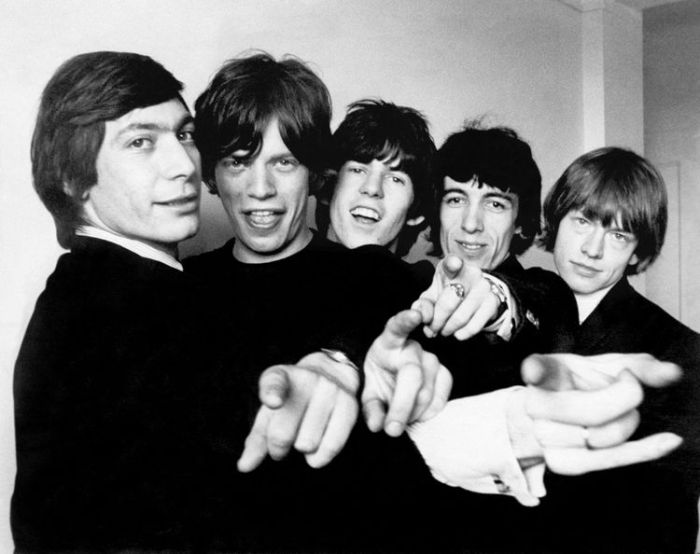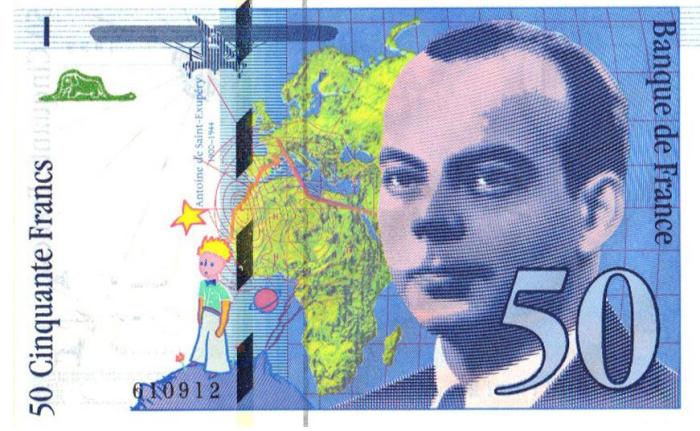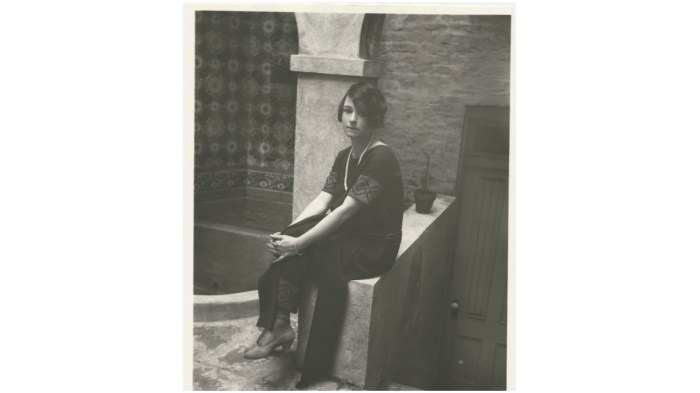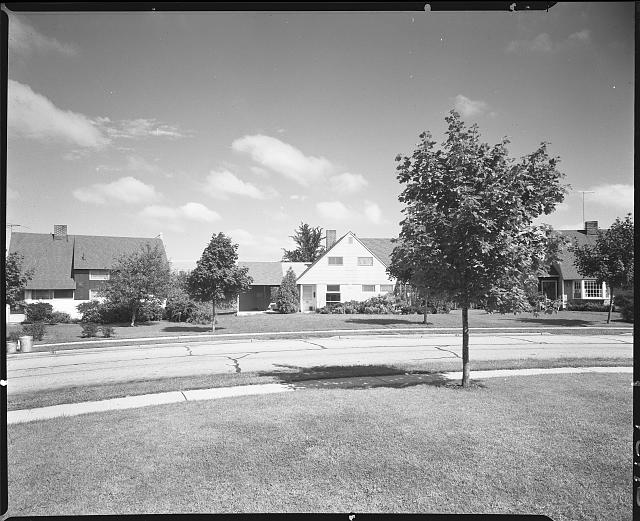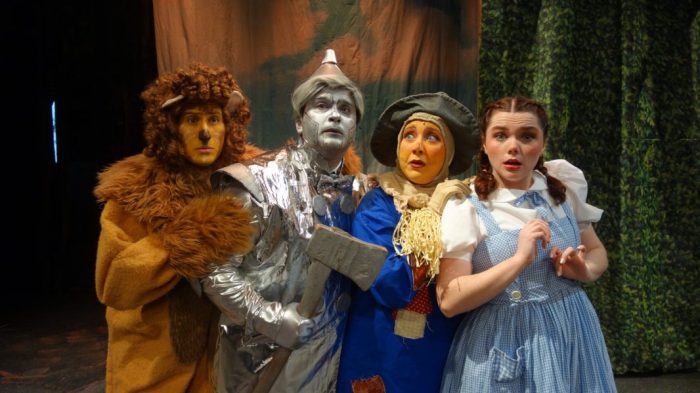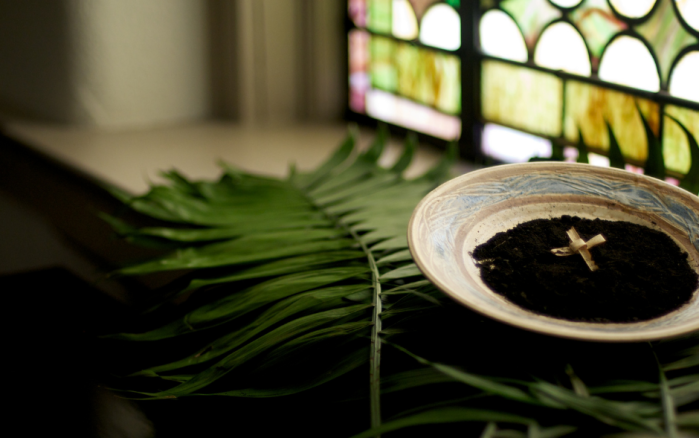Many critics labeled him “The King of Corn,” but his audiences loved the signature sounds created by this legendary bandleader. Millions danced cheek to cheek in hotels and ballrooms to the soothing music of Guy Lombardo and His Royal Canadians orchestra, and for 48 years, some 50 million people tuned in to his New Year’s Eve radio and TV broadcasts.
The dapper entertainer was a longtime resident of Freeport; he lived in a waterfront home in Freeport on Long Island’s South Shore, where a street, a marina, a restaurant, and a neighborhood were named after him. But before he made Long Island his home, his big band became famous for closing their Dec. 31st programs and welcoming in the new year with the traditional “Auld Lang Syne,” an old Scottish drinking song.
DRUNKEN REVELERS IN POLKA DOTS
The famous New Year’s Eve tune that reminisced about old friends and good times dates back to 1788, when Scottish poet Robert Burns claimed to have taken down the words from an old man. Burns described the poem as being from olden times, and added several verses, all with the theme of taking “a cup of kindness yet.” “Auld lang syne” means “old long since,” “days gone by,” “the good old times,” or “long, long ago.” A decade later, a melody appeared with the lyrics, in a 1799 compilation published by Scottish folk song publisher George Thomson.
Today, enthusiastic, nostalgic singing of the song has become an American tradition that often consists of a bunch of drunken revelers toasting the dawn of a fresh year in hopes of good luck. In Manhattan, partygoers first crowded together in 1904 on New Year’s Eve; in 1907, the New Year’s Eve Ball dropped for the first time, from the flagpole atop One Times Square. Every year since then, with the exception of the World War II years 1942 and 1943, the New York City ball drop and anthem singing have continued, taking their place in history along with other traditions celebrated around the globe at the turning of each new year, as celebrants hope to usher in good fortune.
In Plymouth, Wisconsin, the Big Sartori Cheese Drop consists of a countdown followed by the lowering of a gigantic wedge of cheese. In the Philippines, people wear polka dots; in Brazil, they dress in all-white outfits; in Denmark, they smash dishes on the doorsteps of friends and family. Other celebrants in Denmark stand on chairs and leap off them, and in Greece, people decorate their front doors with bunches of onions. Elsewhere, people are encouraged to eat 12 grapes, while others jump ocean waves — seven of them.
So how, exactly, did the original “Mr. New Year’s Eve” — Lombardo’s nickname before broadcasting personality Dick Clark earned the moniker — start his tradition?
THE KING OF NOSTALGIA
He was born Gaetano Albert Lombardo in Canada in June 1902, to parents who emigrated from Italy to Canada. His father, a tailor by profession, loved music and gave his children instruments to play. While they were still in school, the budding musicians formed a band with friends, finding success after buying air time on the radio. Years of nightly gigs and living on the road in Canada and then Chicago shaped the sound critic Ashton Stevens called “the sweetest music this side of heaven.”
In 1929, at the start of the Great Depression, Guy Lombardo and His Royal Canadians hit the big time with a booking at Manhattan’s Hotel Roosevelt Grill. Their performance was sent out over the national air waves. It emphasized what The New York Times called their “velvet-smooth offerings:” heavy with crooning, tremulous saxophones and reeds, what some called “the businessman’s bounce” performed at “hotel tempo.” Despite much criticism, the ensemble found favor with audiences. They introduced “Auld Lang Syne” on New Year’s Eve, a tradition they would keep until about 1977.
Lombardo told The New York Times, …“we were familiar with ‘Auld Lang Syne’ from Canada, where we grew up …. they always closed an evening by playing ‘Auld Lang Syne’ before the traditional ‘God Save the King.’”
In 1933, Lombardo and his wife Lilliebell spent the summer on their boat Tempo, docked in Freeport; he became an American citizen in 1938. They fell in love with Freeport and bought property on South Grove Street, where they built a house in 1940. The street was renamed “Guy Lombardo Way.”
Over the next few decades the popular bandleader played for presidential inauguration ceremonies and was involved with his community, as the producer of elaborate summertime musical extravaganzas at the Marine Theater at Jones Beach and the owner of Guy Lombardo’s East Point House waterfront restaurant at the foot of South Grove Street. He dismissed the negative criticism and explained the band’s popularity with audiences, telling The New York Times, “We’re giving the public what they want. We don’t force bad songs on them. We play music people like to hum while they’re dancing.”
The man Time Magazine called “the last great dance-band leader” died in 1977 at age 75 from complications of heart surgery. Every year, a recording of his band’s claim to fame is still played at Times Square as the first song of the new year.





